Who speaks what, where? Introducing the languages of the Balkans.
During the Great Balkan Ride we’ll cross many borders, and that means entering different cultures, with separate traditions, and (usually) a new language. Things are never simple in the Balkans, though, so let us explain exactly what the languages of the Balkans are, and how they differ.
Bosnia

Let’s start with Bosnia, where the Great Balkan Ride kicks off on August 5th. Here people speak Bosnia, which (luckily for us) is written in the latin script: that is, just like English, although they have a few extra letters: č, ć, đ, š, and ž. If your journey to Sarajevo took you through neighbouring Croatia or Serbian, and you overheard the locals chatting, you might be confused when you hear how similar the Bosnian language is. Surely they don’t speak Bosnian there too? Well they do… sort of. Bosnian, Croatian, and Serbian, are actually all the same language (sometimes referred to as BCS), just with regional variations. Pronunciation, grammar, and vocabulary can differ, but speakers can all understand each other. And if you learn the basics of ordering a beer (coming soon…) you’ll be understood in all three countries!
Montenengro

Montenegro, our second destination, was united with Serbia until 2006, and the language spoken was often referred to as Serbian. The question is not whether Montenegrins speak BCS (they do) but whether there is any difference with Serbian. Recently, politicians attempted to add to letters to the Montenegrin alphabet, in an attempt to differentiate themselves from the Serbs. For almost a decade state documents included these letters, but the parliament eventually reversed the idea, as the public never properly accepted the changes. Anyway, luckily for rally participants, Montenegro usually uses latin script, unlike in Serbia, where Cyrillic is used equally as much. And even more important, it’s just as easy to order a beer.
Kosovo

Kosovo is the smallest country we visit on the rally, but when it comes to the languages of the Balkans, it might be the most confusing. The most commonly spoken language is Albanian (more on that below). However, there are several languages you may also come across. There is a minority of Serbian speakers throughout the country, but they mostly live in certain enclaves, like North Mitrovica. There are also many Turkish speakers, particularly in the city of Prizren. You can also hear Romani, and Gorani, which is close to Bulgarian.
Albania

And so we arrive to Albania, where they speak, you guessed it… Albanian. The language’s various dialects are spoken in Albania itself, in Kosovo, and by a few communities in Southern Italy and Greece. The size of the Albanian diaspora worldwide means that most speakers of the language don’t actually live in the country. Albanian is written in Latin script, but is different from any other language in Europe. Luckily the country is famed for its hospitality: even if you can’t communicate, you’ll be sure to be made to feel welcome.
Greece
![]()
Finally, we reach Greece. The last of our languages of the Balkans is Greek, which has been around for a very long time. While modern Greek has simpler grammar and much changed vocabulary, the basics of the language are the same as they were in Ancient Greece. One problem for visitors is that the Greek alphabet is slightly different to what most of us are used to. Some letters are the same, but others just look the same: watch out for ρ (pronounced ‘r’). On the other hand, they share lots of words with English, so it’s easier to find common ground than anywhere else in the Balkans!
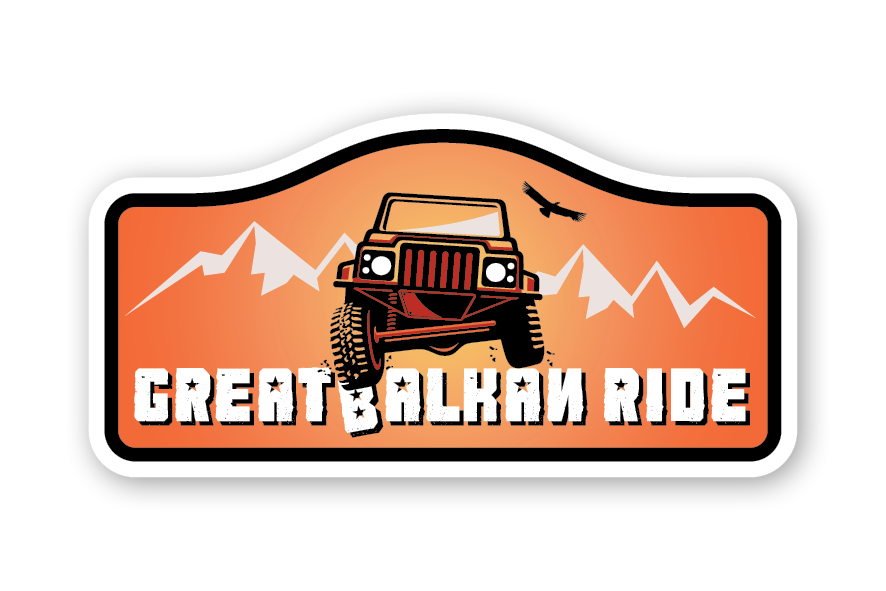
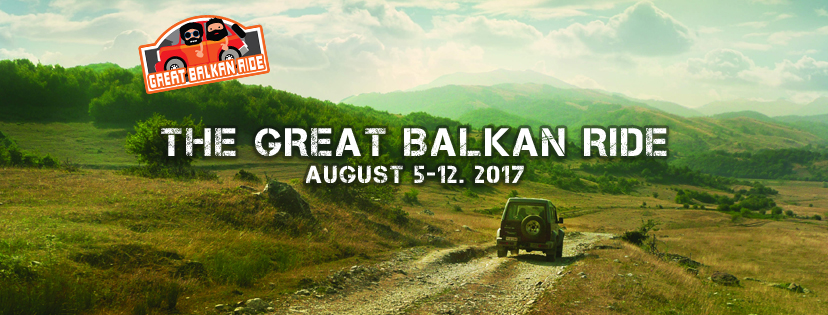
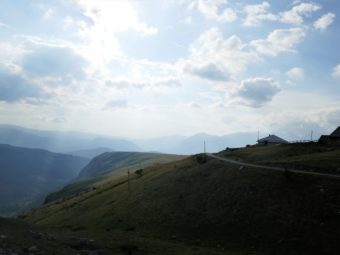
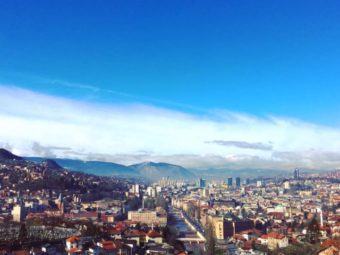
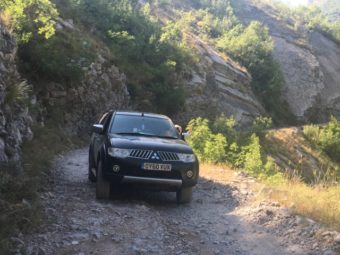
Leave a Reply